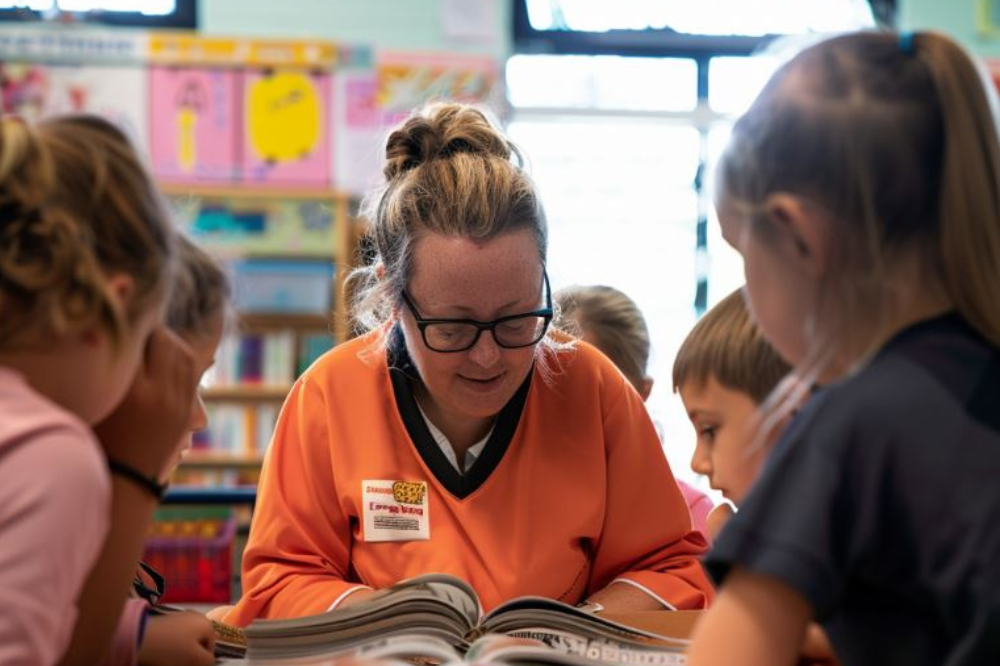
As classroom reading levels rise across Australia, teachers say they’re being asked to do more — without the systemic backing to match.
Findings from a landmark survey by the Primary English Teaching Association Australia (PETAA) reveal that while literacy instruction in primary schools is strong and evidence-based, teachers are calling for urgent, widespread support to sustain their efforts.
The National Teaching of Reading Survey 2024, which drew responses from 500 primary educators, paints a clear picture: teachers are highly skilled, deeply committed, and rigorously applying research-backed practices. Yet many say they’re doing so without the time, resources, or coordinated frameworks needed to make those efforts sustainable.
Read more: What approach works best for improving literacy outcomes?
According to the data, the vast majority of teachers are delivering daily instruction across the five essential components of reading — phonics, phonemic awareness, fluency, vocabulary, and comprehension. It’s a demanding task that, without strong professional learning and collaborative structures in place, leaves many feeling stretched thin.
In short, Australia’s literacy outcomes are improving — but teachers want to ensure those gains aren’t undermined by gaps in system-level support.
“This report puts teacher voice back at the heart of the national education conversation, and their message is clear: Australian teachers are teaching reading well — but they are doing it under pressure,” Dr Helen Adam, PETAA Board President and Associate Professor at Edith Cowan University, said.
“It’s time to move the conversation away from questioning teacher knowledge, and towards providing the support they’re asking for — support that’s crucial to ensure high-quality, consistent reading instruction in every classroom, at every school.”
Key findings
The 2024 National Teaching of Reading Survey reveals that primary teachers are skillfully adapting their literacy instruction to suit students’ developmental stages – moving from code-based teaching in the early years to more sophisticated comprehension work in later grades.
Nearly all early-years teachers (98%) report daily coverage of the five essential pillars of reading. Yet despite this strong foundation, many educators face persistent barriers to effective differentiation, citing time constraints, limited resources, and wide variations in student ability.
Professional learning remains a key concern, with many teachers turning to blogs and social media in the absence of structured, system-level support. Worryingly, only 2.6% of teachers engage in daily professional dialogue about reading instruction, and just 35% say their school has a consistent, whole-school approach to teaching reading.
Where to from here?
The survey lands amid ongoing national debate around reading reform — a space where teacher expertise is increasingly coming to the fore.
“This research shows that teachers are confidently combining explicit instruction with professional judgement and differentiated practice,” Megan Edwards, PETAA CEO, said.
“But they need support. As the national membership association for English and literacy instruction, PETAA continues to offer evidence-based resources and training that connect research to practice — and in 2025, this work is more vital than ever.”
PETAA’s Recommendations to Policymakers include supporting schools to adopt consistent, evidence-informed, whole-school approaches to reading through access to quality professional learning — and the time to engage in it.
Additionally, says PETAA, policymakers must invest in time and resources for teachers to collaborate, plan, and differentiate instruction effectively, and fund diverse classroom libraries and resources to ensure all learners’ needs are met.


